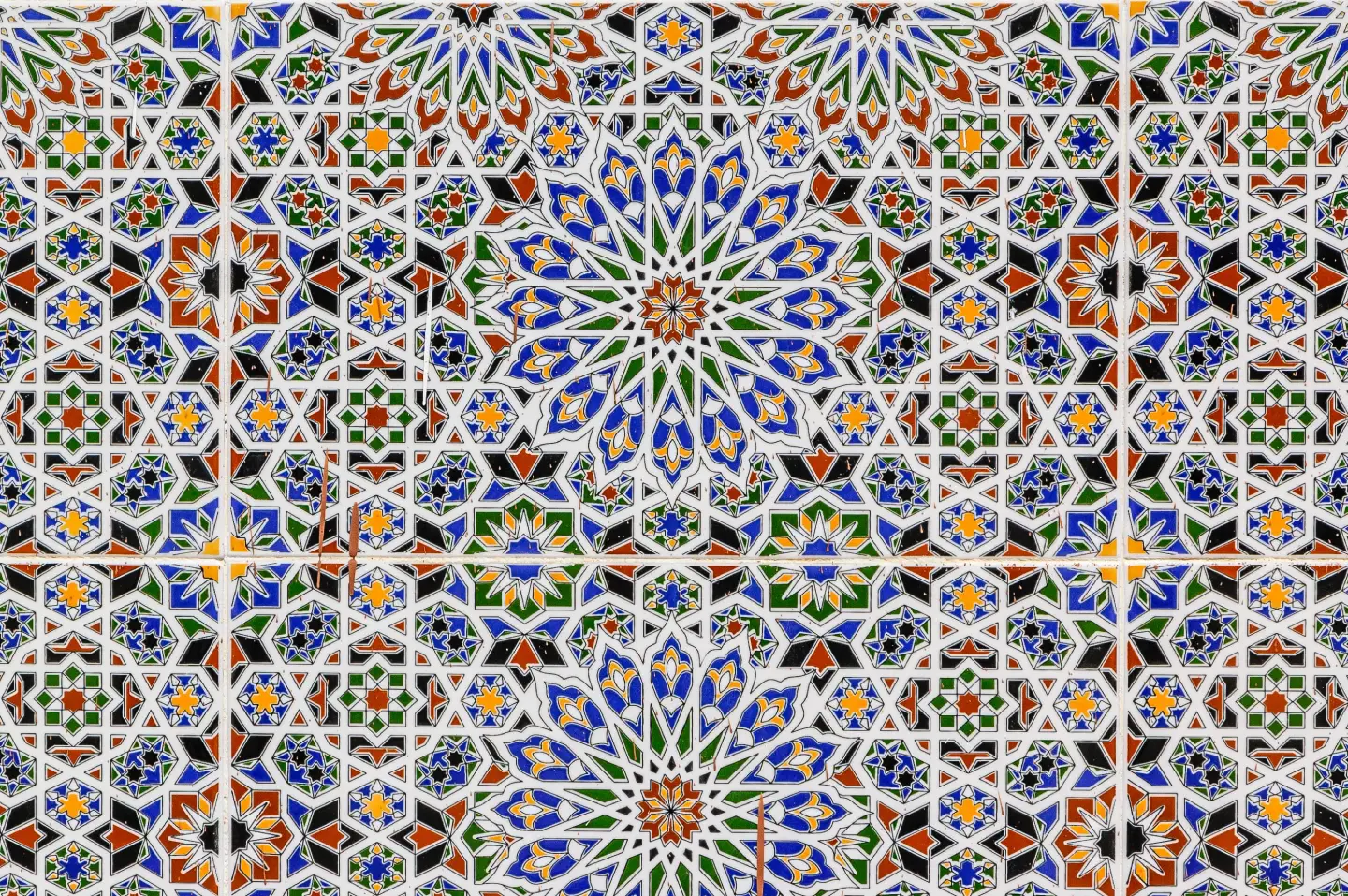Exploring the Ancient Azulejo Tiles of Portugal
Introduction
The vibrant and intricate azulejo tiles, synonymous with Portugal’s cultural identity, have a rich history dating back to the 13th century. These decorative ceramic tiles, often featuring intricate patterns and scenes, adorn buildings, churches, and public spaces throughout the country, serving as a visual tapestry of Portugal’s heritage and craftsmanship.
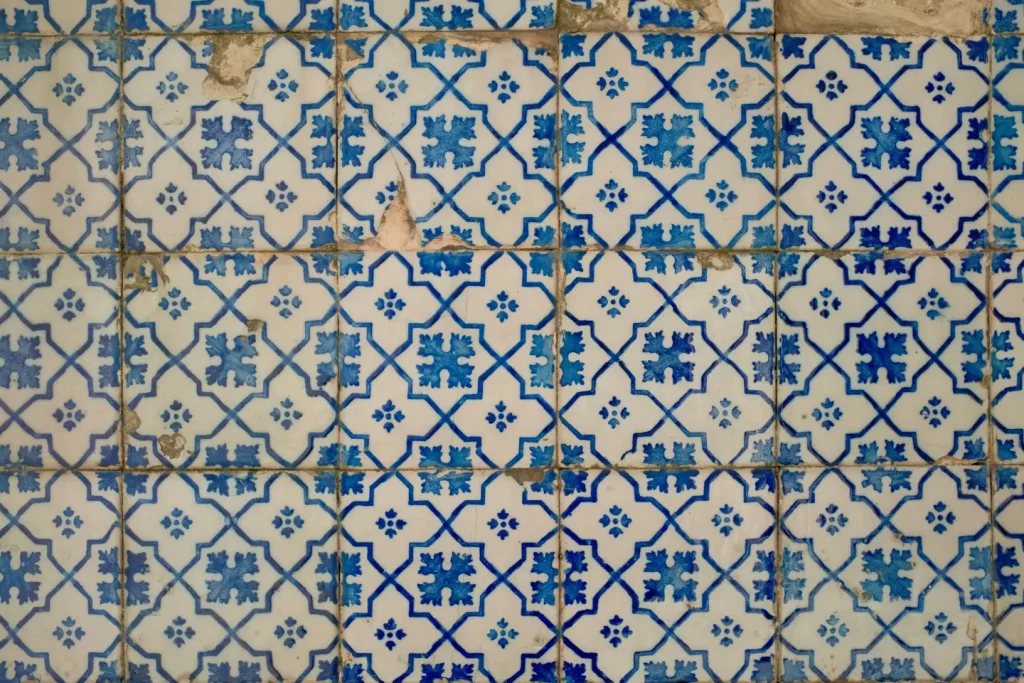
History
Islamic Influences and 13th Century Arrival
The journey of Azulejos in Portugal began with Islamic influences in the 13th century, bringing with them mesmerizing geometric patterns and vibrant colors. These early tiles showcased the artistry and craftsmanship that would become integral to Portuguese culture.
Evolution of Styles Over Time
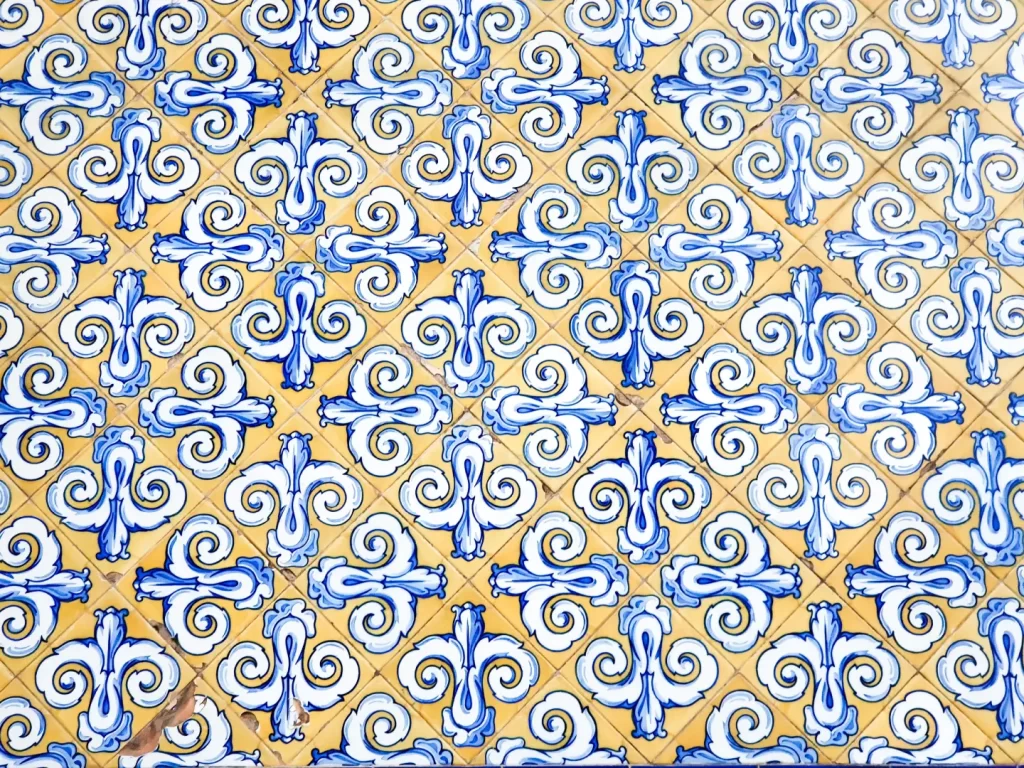
Over the centuries, Azulejo styles evolved, reflecting changing artistic tastes and influences:
16th Century: Blue and White Dominance
- The 16th century saw the dominance of blue and white tones, depicting intricate scenes and patterns.
17th Century: Ciclo dos Mestres
- The 17th century introduced the “Ciclo dos Mestres,” featuring dynamic patterns with flowers, dolphins, and cherubs.
18th Century: Dutch Influence and Polychrome Designs
- Dutch styles influenced the 18th century, giving rise to polychrome designs that added a burst of color to the tiles.
Contemporary: Modern Themes and Designs
- Today, Azulejos continue to evolve, incorporating modern themes and designs, showcasing the timeless adaptability of this art form.
Production
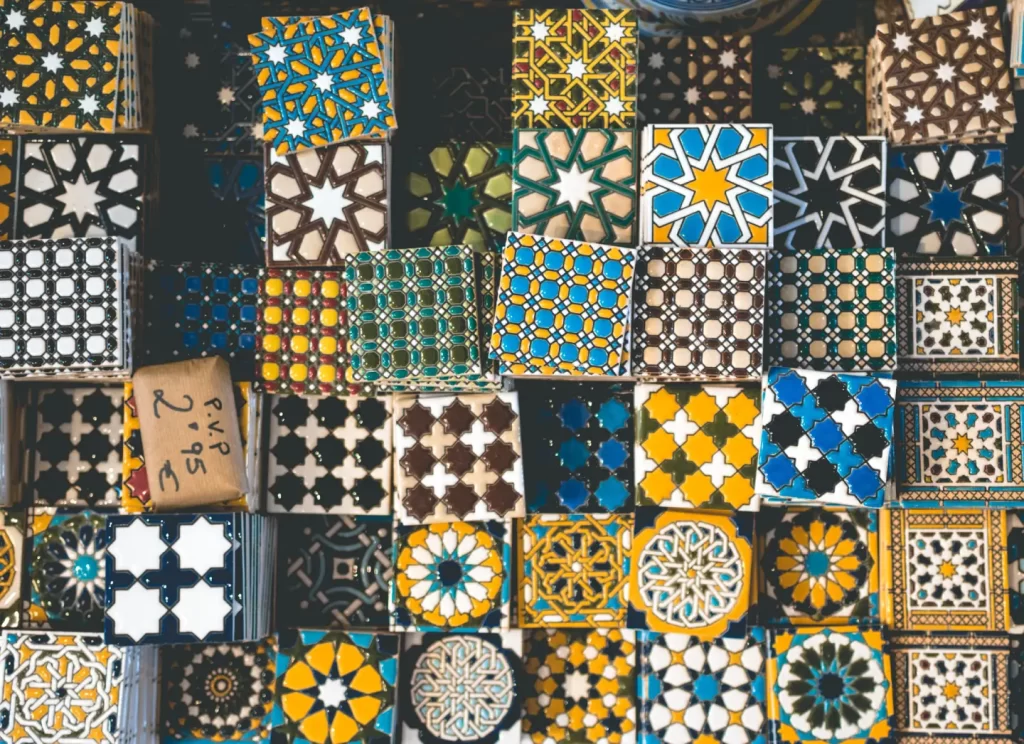
Traditional Making Process
The traditional Azulejo-making process involves several stages, including preparing the clay, shaping and molding the tiles, glazing and painting, and firing in kilns. This meticulous process ensures the durability and vibrancy of the tiles.
Unique Blue Ink
A distinctive feature of azulejos is the use of unique blue ink, known for its vibrant hue and lasting properties, contributing to the tiles’ enduring appeal.
Transition to Local Production
In the 16th century, Portugal transitioned from importing tiles to local production, further embedding Azulejos into the nation’s cultural fabric.
Cultural Significance
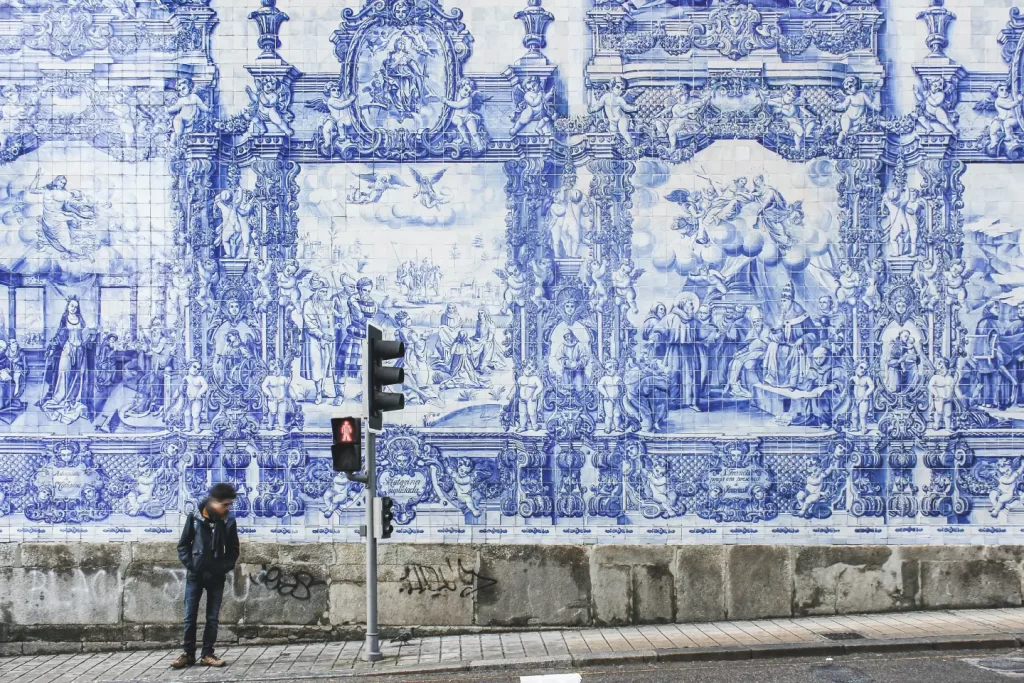
Azulejos play a vital role in Portuguese culture:
Storytelling and Historical Depiction
- Azulejos are storytellers, depicting historical events and reflecting the social and political changes throughout Portuguese history.
Religious Symbols and Decorative Elements
- Churches and monasteries showcase azulejos as religious symbols and decorative elements, adding a touch of artistry to sacred spaces.
Everyday Life
- Beyond historical and religious contexts, azulejos grace everyday life, adorning homes, shops, and public spaces, contributing to the aesthetic charm of Portugal.
Exploring Azulejos

For an immersive experience, consider visiting:
- National Tile Museum in Lisbon
- São Jorge Castle in Lisbon
- São Francisco Church in Porto
- Palace of the Dukes of Braganza in Guimarães
- Railway stations of São Bento in Porto and Rossio in Lisbon
Don’t limit exploration to cities; venture into smaller towns and villages to discover hidden gems of azulejo artistry.
Conclusion
In conclusion, azulejos stand as a testament to Portugal’s artistic legacy, weaving tales of the past into the fabric of the present. Visitors are encouraged to appreciate the beauty, history, and cultural significance encapsulated in these ancient tiles.
Key Takeaways
- Azulejos originated in the 13th century
- Evolution of styles: 16th to 18th century
- Traditional making process
- Azulejos in everyday life
FAQs
Q: What is the significance of the blue ink used in Azulejos?
The unique blue ink in Azulejos is known for its vibrant hue and lasting properties, contributing to the enduring appeal of these decorative tiles.
Q: Where can I explore Azulejos in Portugal?
Apart from the National Tile Museum, recommended locations include São Jorge Castle, São Francisco Church, Palace of the Dukes of Braganza, and railway stations in Porto and Lisbon.
Q: How did Azulejos evolve over the centuries?
Azulejos evolved from Islamic influences in the 13th century to the dominance of blue and white tones in the 16th century, the emergence of Ciclo dos Mestres in the 17th century, and the influence of Dutch styles and polychrome designs in the 18th century. Today, modern themes and designs are incorporated.
Q: What is the cultural significance of azulejos?
Azulejos play a crucial role in storytelling, depicting historical events, reflecting social and political changes, serving as religious symbols in churches, and adding aesthetic charm to everyday life.

